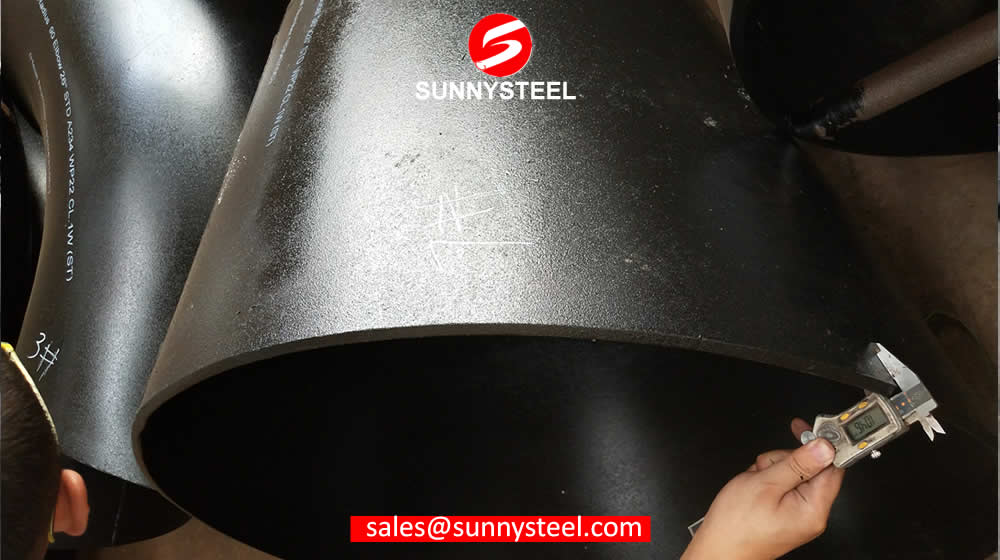ISO, the International Organization for Standardization
ISO (International Organization for Standardization) is the world’s largest developer of voluntary International Standards. International Standards give state of the art specifications for products, services and good practice, helping to make industry more efficient and effective. Developed through global consensus, they help to break down barriers to international trade.
What we do
ISO develops International Standards. We were founded in 1947, and since then have published more than 19 000 International Standards covering almost all aspects of technology and business. From food safety to computers, and agriculture to healthcare, ISO International Standards impact all our lives.
Story of ISO
The ISO story began in 1946 when delegates from 25 countries met at the Institute of Civil Engineers in London and decided to create a new international organization ‘to facilitate the international coordination and unification of industrial standards’. In February 1947 the new organisation, ISO, officially began operations.
Since then,we have published over 19 000 International Standards covering almost all aspects of technology and manufacturing.
Today we have members from 164 countries and 3 335 technical bodies to take care of standard development. More than 150 people work full time for ISO’s Central Secretariat in Geneva, Switzerland.
Who develops ISO standards?
ISO standards are developed by groups of experts, within technical committees (TCs). TCs are made up of representatives of industry, NGOs, governments and other stakeholders, who are put forward by ISO’s members. Each TC deals with a different subject, for example there are TCs focusing on screw threads, shipping technology, food products and many, many more.
ISO has over 250 technical committees. Details of the technical committees and links to the secretariat and chairman contact details can be found in the list of technical committees.
Searching the list of technical committees is one way to find out which subjects or sectors are the focus of ISO’s technical work.
ISO’s full members (member bodies) can decide if they would like to be a participating member (P-member) of a particular TC or an observing member (O-member). P-members participate actively in the work and have an obligation to vote on all questions submitted to vote within the technical committee. O-members follow the work as an observer but cannot make any comments about the development process or vote. Correspondent members can become O-members of a particular technical committee.



